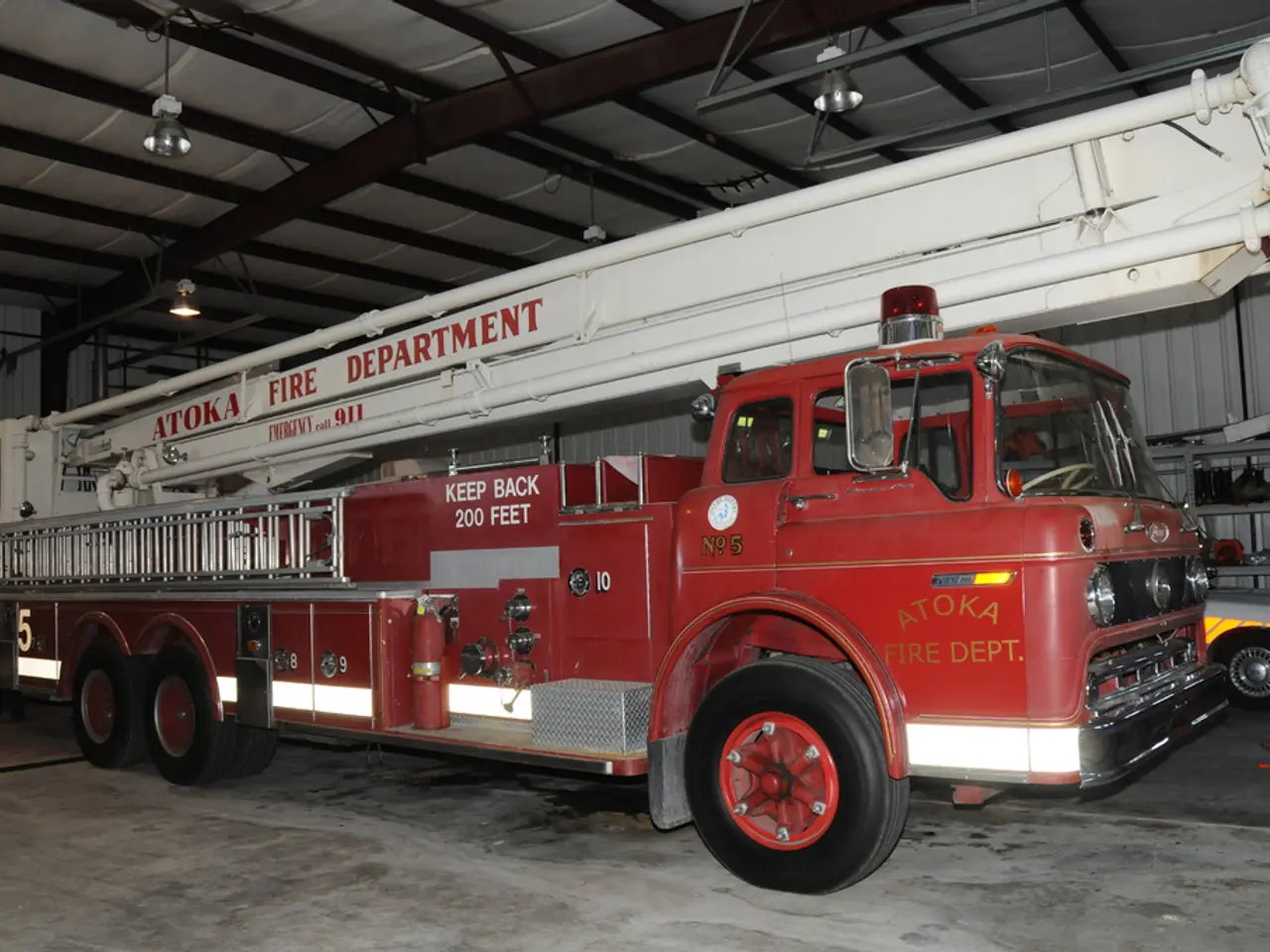Fire Door Classifications and Characteristics Explained
In the world of fire safety, the bravery of firefighters often takes centre stage. However, there are other unsung heroes that play a crucial role in maintaining operational readiness, preventing fires, and ensuring effective response.
Behind the scenes, personnel such as fire department mechanics, administrative staff in fire prevention, and infrastructure elements like fire hydrants and fire door components are vital in safeguarding our communities.
Fire department mechanics ensure that firefighting vehicles and equipment are repaired quickly and kept in service, directly supporting emergency response capabilities. They work tirelessly without receiving much public recognition.
Similarly, fire prevention office staff like clerks who organise inspections, handle scheduling, and maintain records keep fire safety operations efficient. This enables inspectors and firefighters to focus on hazard reduction and safety enforcement.
Fire hydrants and signage act as silent guides during emergencies, providing instant water access crucial for firefighting. Their importance often goes unnoticed until they are needed.
Now, let's turn our attention to the unsung hero that is the fire door. Fire doors, with their labels indicating fire ratings, are designed to slow fire and smoke spread, providing critical time for evacuation and reducing exposure to toxic fumes.
The choice of materials for a fire door, such as steel, gypsum, or a combination, significantly affects its rating and overall effectiveness. Environmental factors can influence fire door specifications, with doors placed in bustling areas requiring different characteristics compared to those hidden away in seldom-used stairwells.
Fire door ratings indicate how long a door can withstand flames and keep smoke from spreading, measured in hours such as 20, 45, 60, or 90 minutes. Proper installation and components like fire door hinges and fire door strips (gaskets) are essential to maintain these ratings and ensure that the door performs effectively under fire conditions.
Key aspects of fire door ratings' impact on safety include:
- Slowing fire and smoke spread, which provides critical time for evacuation and reduces exposure to toxic fumes.
- Maintaining compartmentalization within buildings to limit fire damage and protect escape routes.
- Complying with legal safety requirements, which helps buildings meet fire codes and reduce liability.
- Supporting structural integrity during a fire, potentially saving lives and minimizing property loss.
In summary, while firefighters are the visible heroes, many essential roles and components such as mechanics, clerks, hydrants, and fire doors themselves form a vital, often unrecognized network that underpins fire safety and enhances well-being by preventing fires, enabling effective firefighting, and protecting lives through building safety standards.
Educating ourselves, our friends, and neighbours about fire door safety could be proactive steps to ensure not only our safety but that of others. Sharing personal stories about experiences with fires could resonate with many, reminding us of the crucial role fire doors play in safeguarding our loved ones.
Advocating for proper recognition of fire doors within communities could ignite change. Hosting a workshop on fire safety education could inform people about fire door specifications, their importance, and maintenance practices.
For further perspectives and additional information on fire door safety, external content at https://jadcs.co.uk provides valuable resources to complement your study. The collective efforts of individuals could transform awareness into action and turn curiosity into responsibility regarding fire door safety.
Remember, every fire door is an unsung hero in fire safety, working tirelessly to ensure our safety and well-being. Let's take a moment to appreciate their importance and ensure they are respected and maintained properly.
Technology plays a significant role in enhancing fire safety. Modern fire alarm systems, for instance, rely on cutting-edge electronics to instantly detect and respond to fires.
Moreover, advancements in media and photography have enabled the spread of vital fire safety information to a wider audience, raising awareness about the importance of fire door safety.
Lastly, fashion trends have embraced the concept of fire safety within the design industry. Fire-resistant materials and fire-rated fabrics are now being incorporated into clothing and interior decor, providing an additional layer of protection that blends seamlessly with contemporary aesthetics.




